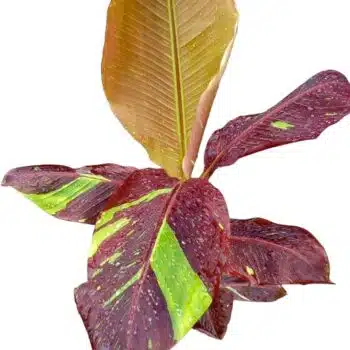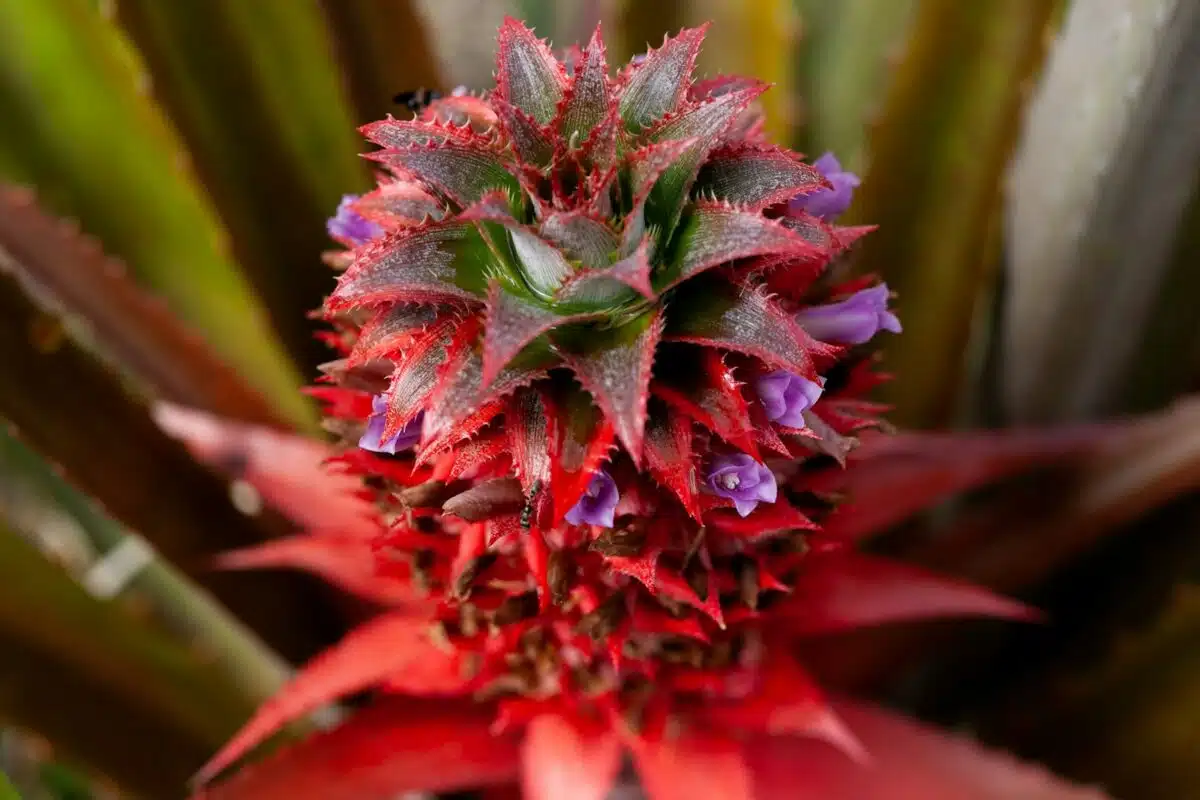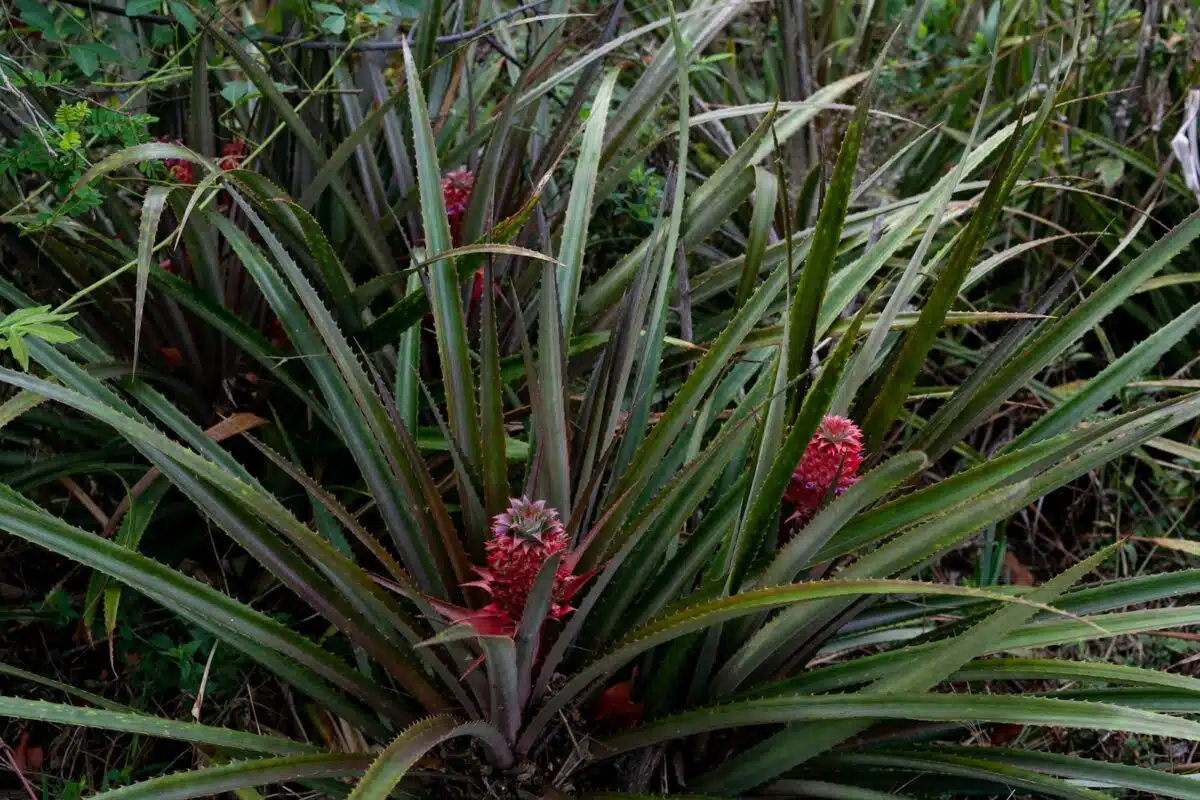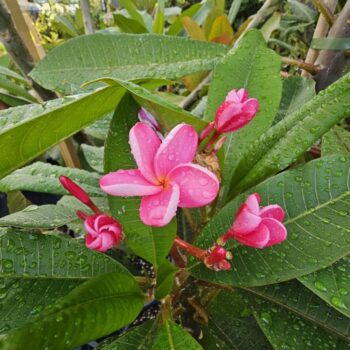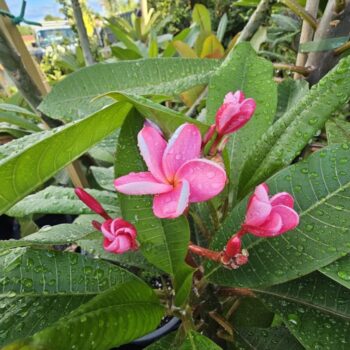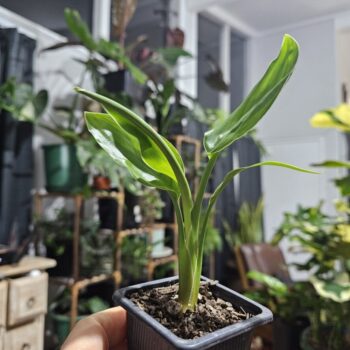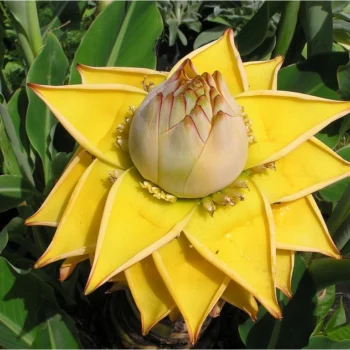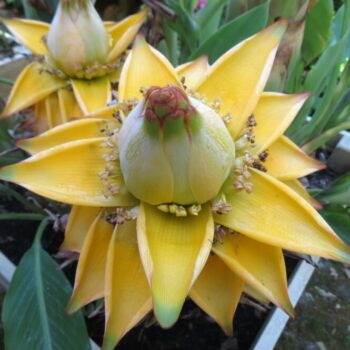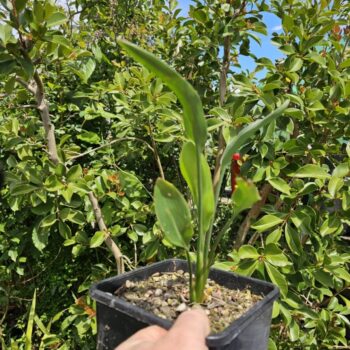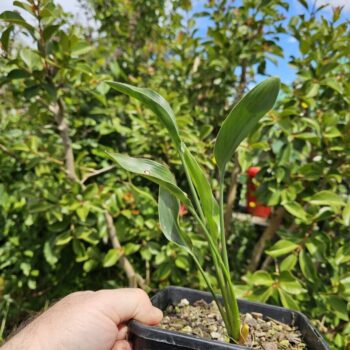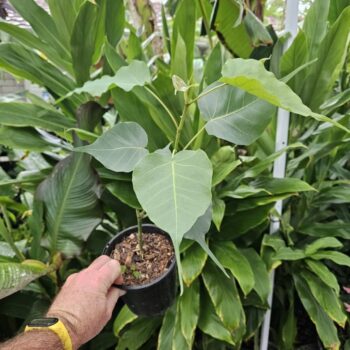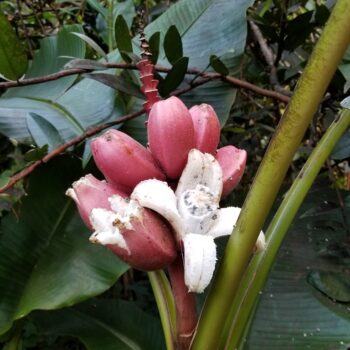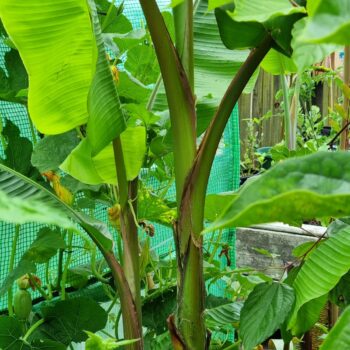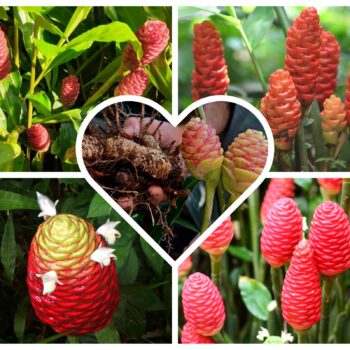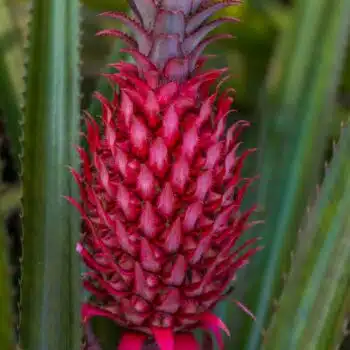-
Initiatives and Collaboration
- Events and Community Engagement
- Crop Swap Te Puke
- Food Resilience School NZ
- Food Forests of New Zealand (www.foodforests.nz)
- Nursery Map - Plant Suppliers of NZ Directory (www.nurserymap.nz)
- Te Puke Community Garden
- Te Puke Digital
- Te Puke Region Food Co-op
- TROPPO’s Food Forest in Te Puke, BOP (wwwfoodforest.org.nz)
- TROPPO's Nursery Directory
- Troppo’s Plant Collection
- Vector Group Charitable Trust (Umbrella)
Disclaimer
Just a quick heads-up: the info on this website is here to guide you on your green journey, but it's not the final word. We do our best to keep everything accurate, but Troppo and our team can't take responsibility for every opinion or detail shared. If you're diving into planting—whether it’s a cozy backyard project or a big commercial venture—we highly recommend chatting with local experts who know the ropes in your neck of the woods. They’ll help you pick the perfect plants and make sure your crops are a smashing success! Happy gardening! 🌱🌷

